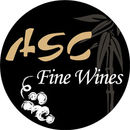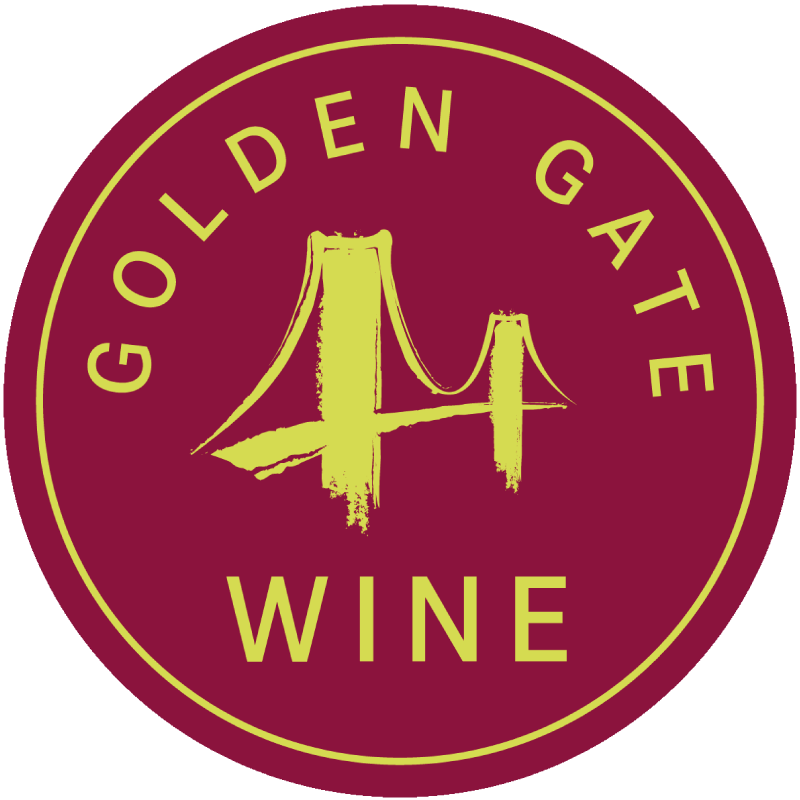
SIPS OF SUMMER
WINE POP-UP
Prohibition (1920)
The early 20th century was marked with business expansion and progressive reforms in the United States. Temperance movement, discouraging the use of alcoholic beverages, was one of the reforms that have changed the lives of many American citizens. Temperance societies began to push further for changes through national legislation in the 1910s. In 1919, the 18th Amendment to the U.S. Constitution was ratified, prohibiting the manufacture, transportation, and sale of alcoholic beverages nationwide. The National Prohibition Act, known as the Volstead Act, was passed on October 28, 1919 (and taking effect in 1920) to provide enforcement of the 18th Amendment.
Prohibition was intended to protect individuals, families and society at large from the effects of alcohol abuse. The amendment worked at first and brought down the alcohol consumption rate. However, growing resistence towards the law and law enforcement brought up other social problems such as bootlegging, speakeasies, gangs, corruption, organized crime, and violence. Enforcement of Prohibition became increasingly difficult and costly. Society was divided and by the 1930s, a majority of Americans were tired of the changes brought by Prohibition and started to fight against it. In 1933, the 21st Amendment repealed the 18th Amendment, putting Prohibition to an end.
Survival of California Wine
Thanks to the special provisions in the Volstead Act, some wines were able to continue production which helped some wineries survive.
“Liquor for non beverage purposes and wine for sacramental purposes may be manufactured, purchased, sold, bartered, transported, imported, exported, delivered, furnished and possessed [...]” (Title II, Section 3, The Volstead Act)
“[...] a person may, without a permit, purchase and use liquor for medicinal purposes when prescribed by a physician [...]” (Title II, Section 6, The Volstead Act)
Survival of California Wine in the Prohibition era was made possible by the possibility of producing sacramental wines for religious services and medicinal wines under license. The Christian Brothers of California which had been in operation making sacramental wines since the 1880s was allowed to maintain production during Prohibition. Beaulieu Vineyard (BV) founded by Georges de Latour in the early 1900s was another winery that survived Prohibition. Years before Prohibition began, de Latour had the foresight to obtain a warrant to produce altar wine for the Church and therefore became the first nationwide supplier of altar wine to Catholic churches across America. Beaulieu Vineyard’s business actually managed to thrive and increase fourfold in the 1920s during Prohibition, while other producers had to close their doors. Paradoxically, California wine production overall was heavily impacted by Prohibition with a 94% drop from 1919 to 1925, while planting of vineyards actually increased during Prohibition. The Volstead Act allowed home-made cider and grape juices for personal consumption which offered grape growers opportunities to produce grapes for other purposes instead of wine which helped them survive through those years.
_(cropped).jpg)
New York City Deputy Police Commissioner John A. Leach, right, watching agents pour liquor into sewer following a raid during the height of Prohibition (1920s). Public Domain via Wikimedia Commons.
禁酒令 (1920)
二十世紀初見證了美國的商業蓬勃發展和進步改革,其中一場影響不少美國國民日常生活的是旨在減少飲用酒精飲料的禁酒運動。一些提倡禁酒的社會組織於1910年代開始透過鼓吹全國立法進一步推動社會改革。1919年,美國憲法第十八修正案獲批准,禁止全國各地釀造、運輸和銷售酒精飲料。《全國禁酒法》(俗稱「沃爾斯泰德法」Volstead Act)於同年10月28日獲通過,成為憲法第十八修正案的授權法,自1920年正式生效起執行。
禁酒令的目的是為了保護個人、家庭以至整個社會,免受濫用酒精影響。法例執行初期的確減低了酒精消耗,但反對禁酒令及執法的聲音漸漸帶來其他社會問題,如非法製造及販賣、地下酒吧、幫派、貪污、有組織犯罪及暴力等等,執行禁酒令變得越來越困難和昂貴,社會亦出現分歧。到了1930年代,大部分美國人已對禁酒令帶來的轉變感到厭倦,更開始反抗。1933年,憲法第廿一修正案獲批准,廢除了憲法第十八修正案,為禁酒時期劃上句號。
倖存的加州酒
多得《全國禁酒法》內容中的特殊條例,某些葡萄酒得以繼續生產,使一些酒莊倖存下來。
「允許非作飲用的酒和作宗教用途的葡萄酒生產、購買、出售、易物、運輸、入口、出口、派送、提供、擁有⋯⋯」(《全國禁酒法》第II章 第3節)
「⋯⋯個人可以在沒有許可證的情況下,購買及使用獲得醫生處方並作醫療用途的酒⋯⋯」(《全國禁酒法》第II章 第6節)
加州酒得以在禁酒時期存留下來,全賴某些酒莊生產獲法例許可的酒:供宗教儀式使用的聖餐酒及作醫療用途的葡萄酒。自1880年代已開始生產聖餐酒的加州酒莊Christian Brothers於禁酒時期獲准繼續營運生產。另一倖存例子是於1900年代初由Georges de Latour創立的Beaulieu Vineyard (BV)。禁酒令生效前幾年,de Latour已有先見之明,獲授權生產教堂聖酒,成為全國第一家酒莊向全國天主教教堂提供聖酒,在1920年代的禁酒時期,BV的業務有別於其他被迫關閉的酒莊,生意不跌反升,逹四倍之多。 加州酒的總體生產量於禁酒期間的1919年至1925年受重挫,下跌94%,然而,葡萄種植卻有所增加。因為《全國禁酒法》允許在家釀造只供個人飲用的低酒精度蘋果酒及葡萄酒,所以種植葡萄的農民有機會繼續以種植作其他用途的葡萄為生,度過禁酒時期的難關。

Label of The Christian Brothers Burgundy (c1938). The Christian Brothers were permitted to produce wines for sacramental purposes during Prohibition, and the Brothers launched the table wine in 1938 to expand their business post-Prohibition. Amerine (Maynard) Wine Label Collection, Special Collections, UC Davis Library.


























